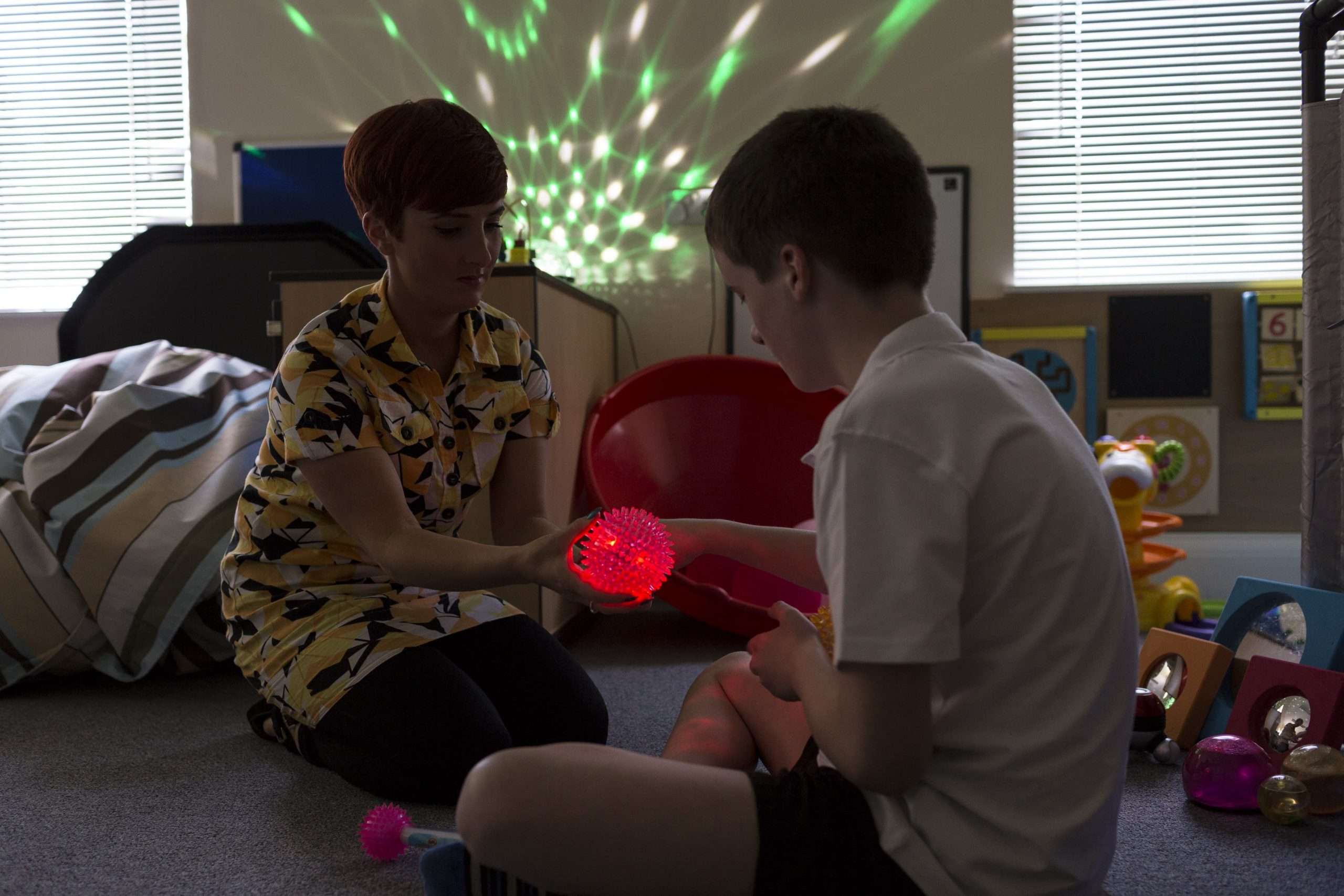There are several different things that come to mind when you think about Autism Spectrum Disorder (ASD), but one of the main things that people think about is communication. According to the Oxford Dictionary, communication is defined as “the imparting or exchanging of information by speaking, writing, or using some other medium”. Issues with verbal, physical and written communication are quite common within the autistic community.
But contrary to popular belief, this does not mean that all people with autism have issues with communication. Each person with autism has a different experience with every aspect of life in the same way that we all do.
This blog post follows a study done on autistic peer-to-peer information transfer as well as the double empathy problem. Every person is different and has different experiences, this is a broad generalization of autism and communication.
Communication with Non-Autistic Peers
When communicating with a non-autistic peer, it may be more difficult for autistic individuals to express themselves. This is due to the fact that the way in which autistic individuals may express themselves may not be understood by their peers leading to an inherent lack of communication between them. This is supported by the study referenced above.
It has been shown that a non-autistic individual may struggle to identify an autistic individual’s mental state and facial expressions. This leads them to be less willing to interact with them in a social situation.
The disconnect created due to the lack of communication between autistic people and non-autistic individuals has been named the ‘double empathy problem’. This problem suggests that people with different experiences will find it difficult to empathise with one another. This problem is further exacerbated by communication and comprehension barriers.
A study completed at the University of Nottingham showed that when a non-autistic person had difficulty reading the emotions of an autistic person they swiftly formed a negative opinion of them. This break of mutual understanding makes communication within a social situation undesirable, similar to having a conversation with a person who speaks a language that you do not understand.
This, however, does not mean that it is impossible for autistic people and non-autistic people to communicate effectively and enjoy social communication with one another. It is very dependent on each individual and the situation in which they are interacting.
Communication with Autistic Peers
Due to the typical communication disconnect between non-autistic people and their autistic peers it may be assumed that autistic-autistic communication may be more effective. However, to date, there has never been a study testing whether that is the case. But studies have shown that autistic people tend to prefer interacting with their autistic peers.
While the reason for this preference is unknown, it is believed to be due to a feeling of familiarity. In the same way that the double empathy problem negatively impacts non-autistic and autistic communications, it works in favour of autistic-autistic communications. They are more likely to have had similar experiences and may be more successful with their communications due to this fact.
Autistic people have reported that they have exhibited fewer autistic traits whilst interacting with another autistic person in comparison to a non-autistic person. While autistic-autistic communication may be unconventional by the standards of someone who is non-autistic, there is a good level of mutual understanding. This suggests that although the communication style is different to non-autistic communication, it can be just as effective.
Bright Futures Care
At Bright Futures Care we work hard to facilitate communication with everyone in our care and it is important that we facilitate the right peer groups within our homes and education settings. Whether a person has autism or not, we work with them to ensure they get the best experience when communicating with others. If you are interested in learning more, get in contact with us today.







